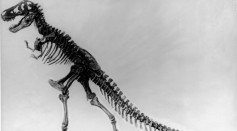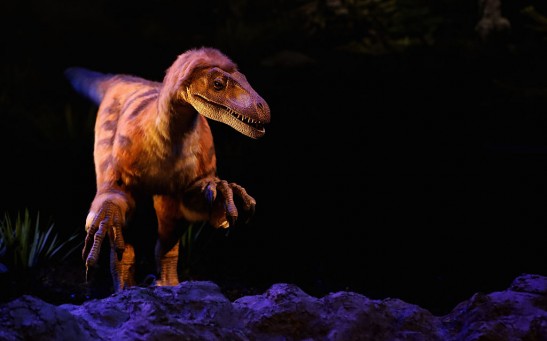dinosaurs

Jurassic 'Sea Monster' Reptile Found Out Ironically Giving Birth Instead Of Laying Eggs
Were Dinosaurs Warm Blooded Like Modern Animals?

Dino Debate Continues – New Analyses Indicate They Were Warm Blooded
Paleontologists Unearth Washington’s First Dinosaur: An 80 Million-Year-Old Tyrannosaur
Meet Velociraptor’s ‘Nosey’ Cousin
Embryological Manipulation Reveals Chicks Can Have Prehistoric Looks

Can Dinosaur Skulls Tell Us Just What They Ate and How?
More than Meets the Eye—T Rex Relative Was Herbivore Instead
Scientists Digging Deep Into Dinosaur Killing Crater
Getting to the Core of Extinction—Researchers Return to Crater That Caused Millions of Dinosaurs to Die
The Miracle of Birth of the Ancient Mosasaurs
With a Bit of Luck and Inspiration, One 4-Year-Old Boy Found a Dinosaur in Texas
Giving a Voice to Long-Lost—New ‘Terror Bird’ Species Reveals a Knack for Being on the Hunt
Is the Brontosaurus Back After Nearly a Century?
Most Popular

How Technology Is Changing the Real Estate Industry?

AI Revolution in Medical Education: Transforming How Healthcare Professionals Learn

Zombie Star Set to Light Up Night Sky: Blaze Star Could Erupt Soon

Exploring Life Beyond Earth: Study Claims Other Planets Could Be Suitable for Alien Life






